
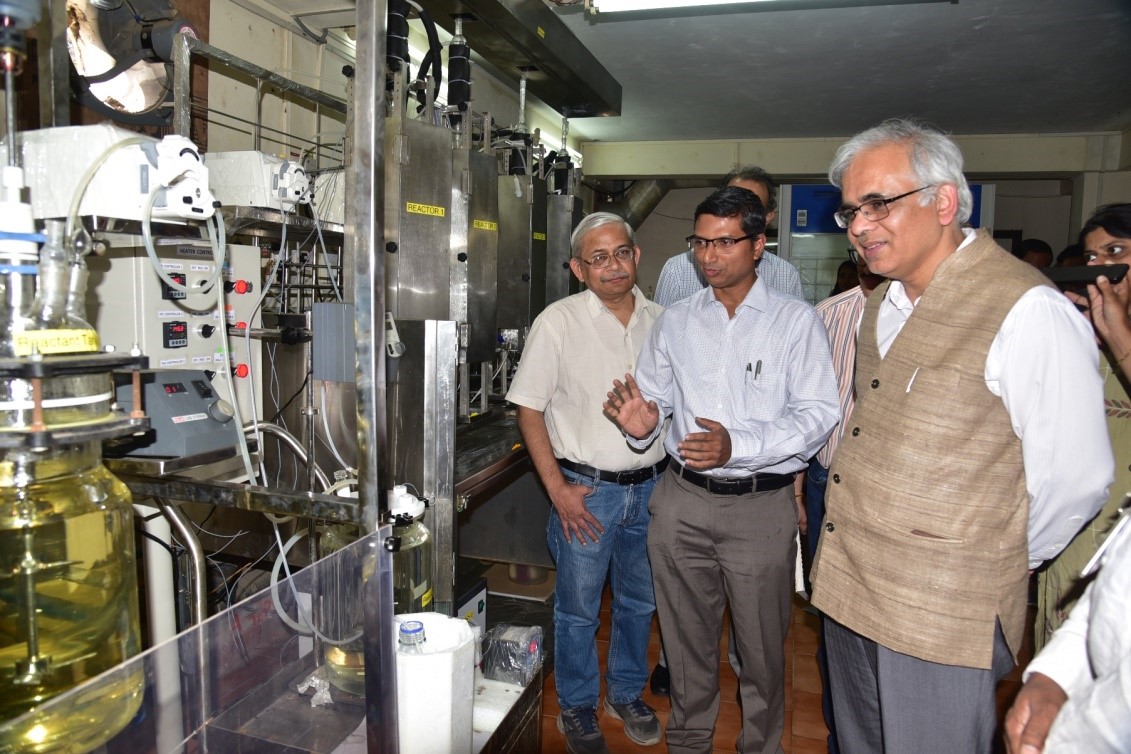
Researchers at National Chemical Laboratory, Pune have developed an inexpensive technology for the manufacturing of precision silver nanowires that can be used in future nano-electronic devices

The Minister for Science and Technology, Earth Sciences and Health and Family Welfare, today released guidelines for evaluation of nano-pharmaceuticals, which are emerging as more potent tools for treating various diseases
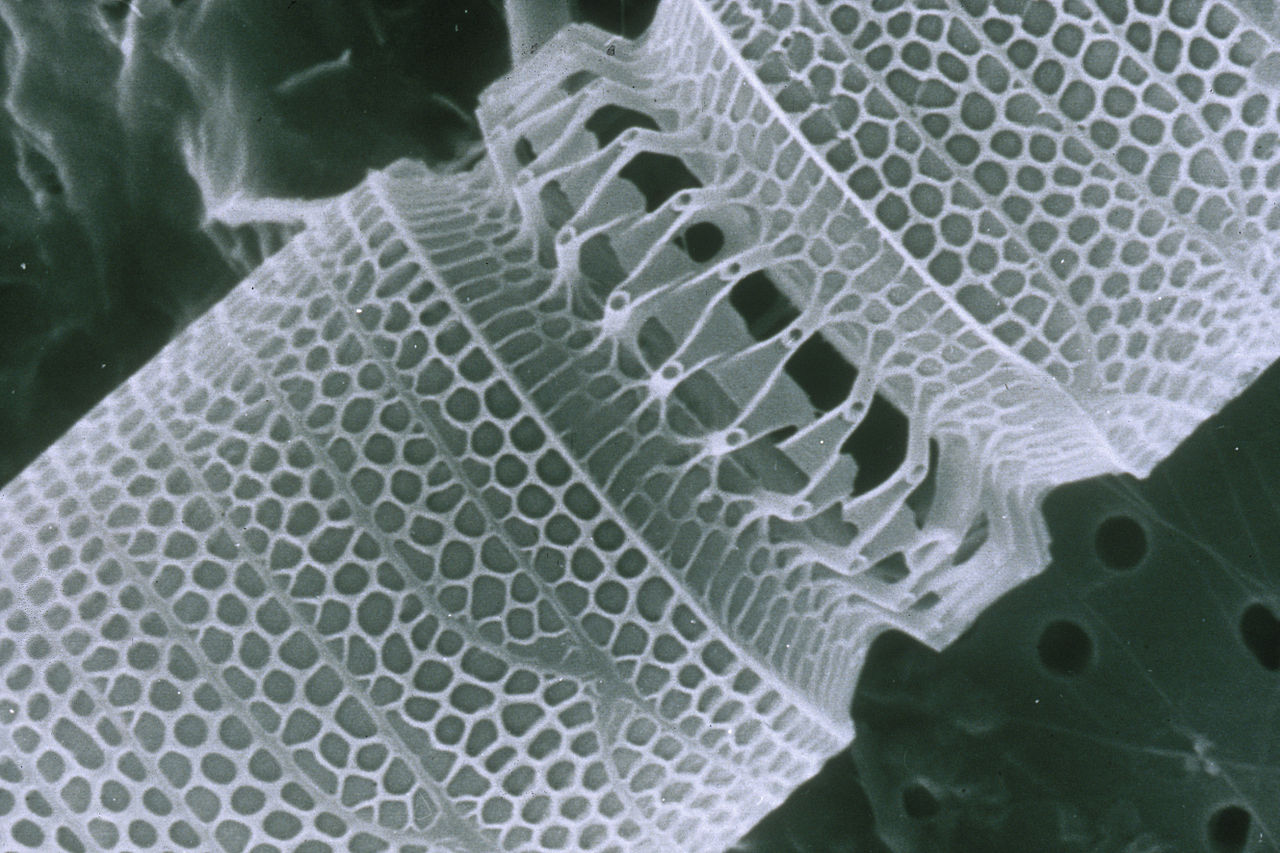
Scientists have found that nano-based drugs could be effectively delivered by hitchhiking on the same transport mechanism that is used to carry iron in the body, without disrupting the natural process
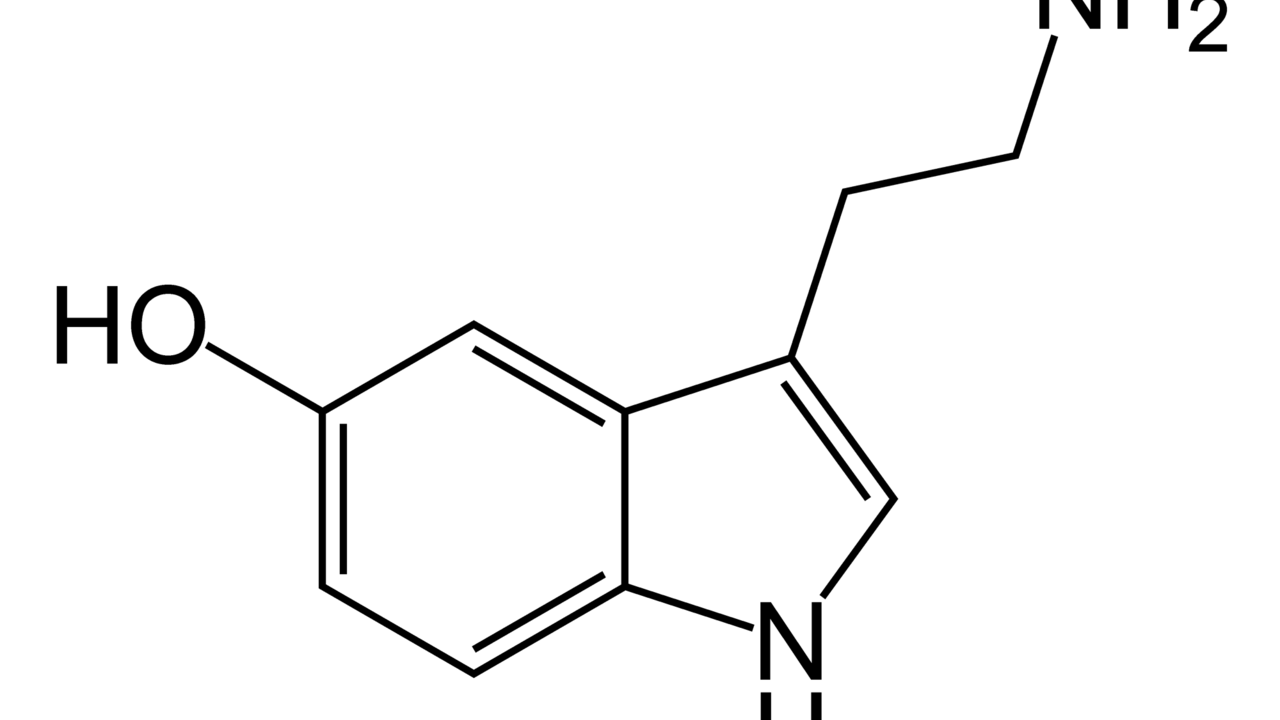
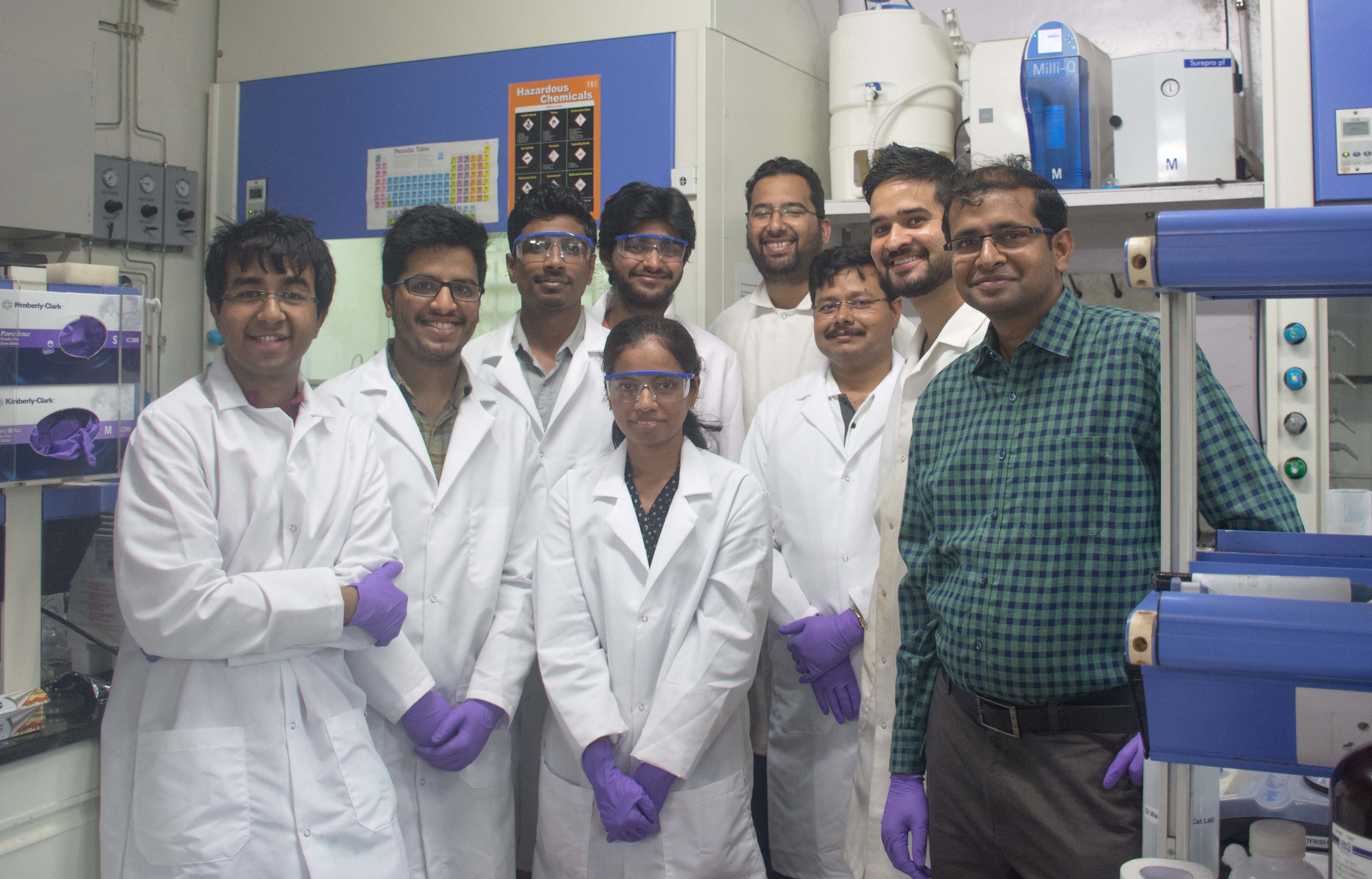
Indians are fascinated with gold, making India one of the largest consumers of the yellow metal globally. Now Indian scientists have tinkered with the chemistry of the material and turned it into ‘black gold’ which they say can be potentially used for applications ranging from solar energy harvesting to desalinating seawater

Researchers at the Advanced Polymer and Nanomaterial Laboratory of Tezpur University have developed a novel, light-emitting nanocomposite-based ink that is barely detectable under visible light but glows when kept under ultraviolet light. The ink has shown potential to be used as an anti-counterfeiting material on paper and plastic

India is a leading player in nanotechnology research globally. To facilitate research in this sector, a national facility for Atom Probe Tomography has been established at the Indian Institute of Technology Madras, in partnership with several other institutes

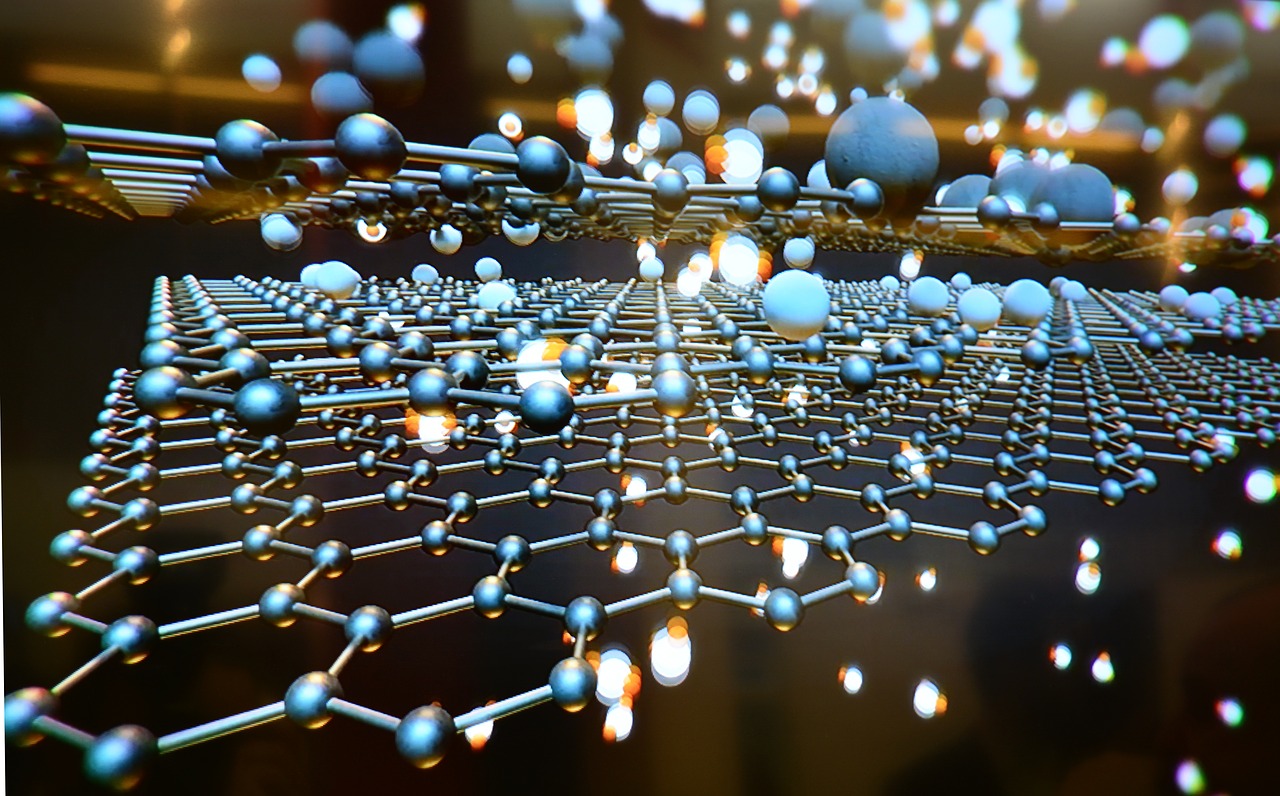
Researchers from the Indian Institute of Technology, Hyderabad and the University of Hyderabad have shown that graphene can be made magnetic with the control on electric field and temperature. They have shown this in single layer zigzag graphene nanoribbons.

The year 2018 is ending with the spectacular success of Indian scientists and technologists in the space and defense sectors, with a series of high impact missions

A team of researchers at the Indian Institute of Technology-Roorkee, have developed a set of fluorescent carbon nano-dots that promises to serve as a diagnostic-cum- therapeutic agent for cancer


Carbon monoxide is a major air pollutant posing threat to human health. A team of scientists led by the researcher at the Indian Institute of Technology (IIT) Gandhinagar have developed a nanocomposite material that can selectively convert environmental carbon monoxide into less toxic carbon dioxide.
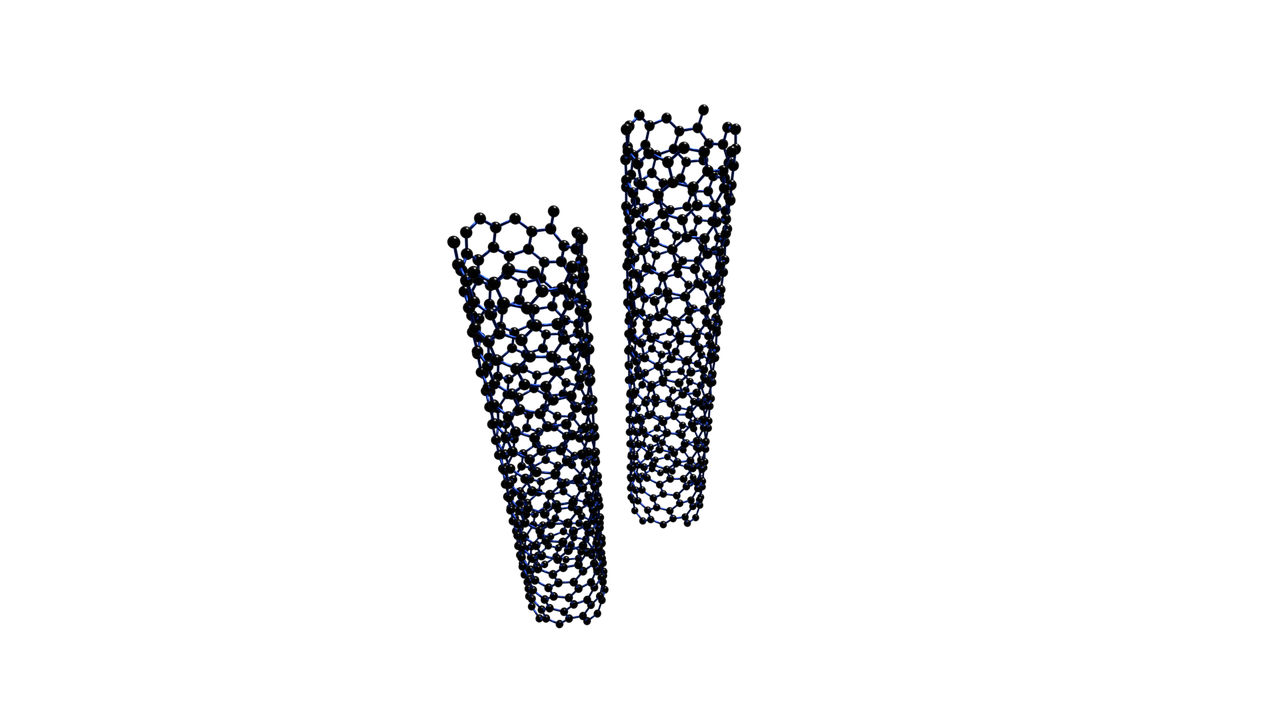
It is almost like going around a botanical garden full of exotic flowers, some of which may look similar to lilies and marigold. But this garden of Nanoflowers can’t be relished with naked eyes.
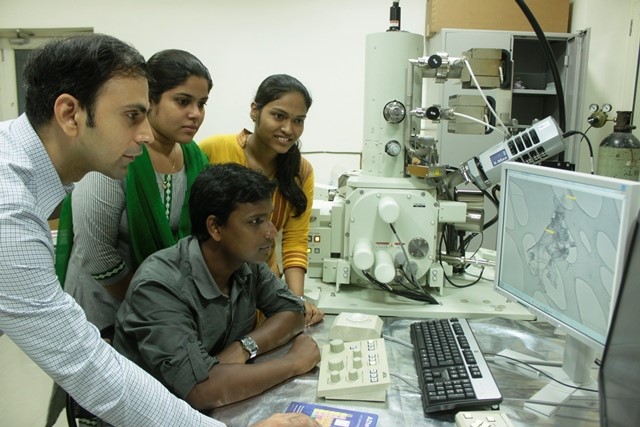
How thin can the thinnest material be? It can be as thin as 100,000 times thinner than a sheet of paper. You may not be able to imagine or see with naked eyes such a material, but this is what a group of Indian scientists have done.
Internet is huge! Help us find great content
Never miss a thing! Sign up for our newsletter to stay updated.
Research Stash is a curated collection of tools and News for S.T.E.M researchers
Have any questions or want to partner with us? Reach us at hello@researchstash.com